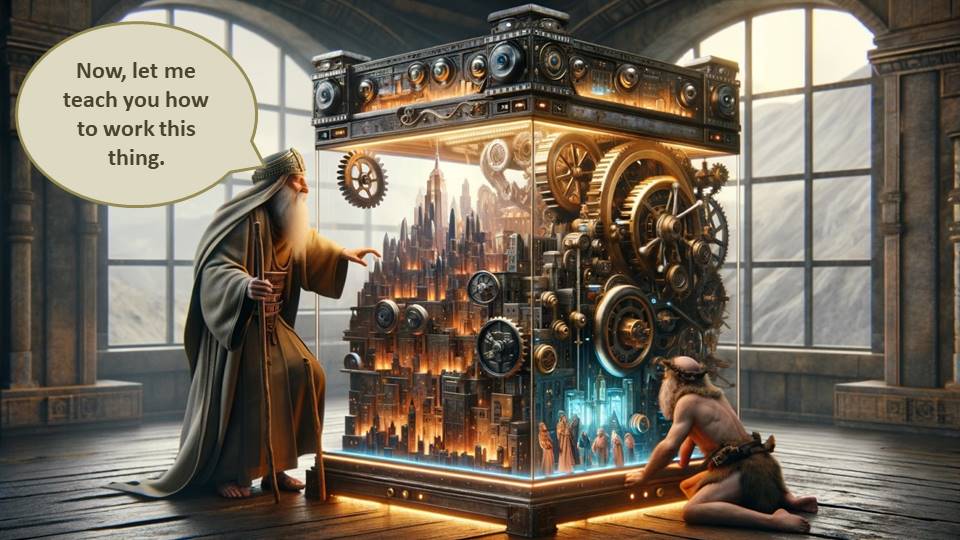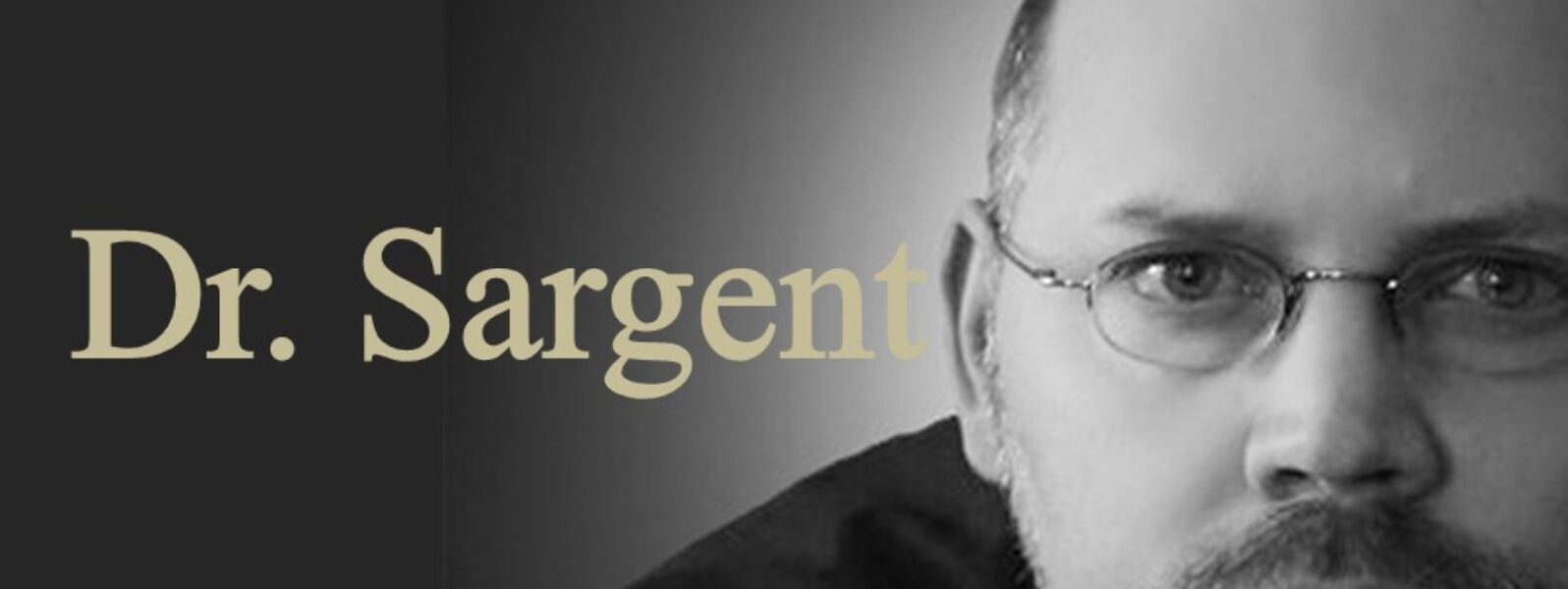
In a recent post we began discussing the nature of Genesis as an ancestor epic—the stories that a people tell themselves about how they almost weren’t a people. Crises have arisen in a people’s past which, save for the sovereign hand of their God, who has a purpose in the world in and through them, would have exterminated them before they ever had a chance to be a people.
In Genesis this takes on two forms. The patriarchal narratives explore the crises that threatened the lives and futures of Abraham, Isaac, Jacob and the twelve sons of Jacob. The primordial narratives deal with more general threats to humanity and the steps that God took to overcome these circumstances in order to fulfill his larger purposes in creation.
Thus, what the informed reader finds in the creation stories of Genesis is a tad different than what many modern readers imagine that they find there.
Frankly, modern interests (Thus, Systematic Theology) focus almost exclusively on issues of Evolution… issues of ORIGINS and PROCESS. We want to know, When did God created the world? How did God created the world? 7 literal days? Old Earth-Young Earth? Day-age theory? Gap Theory? We are material ontologists and want to know where and when all the stuff came from.
Ancient Near Eastern (ANE) interests in creation (Thus Biblical Theology) focus almost exclusively on issues of ORDER. They wanted to know, “Who made the world?” “Why did he make the world?” “What did he make the world to be?” “How did he make the world to function?” Most importantly, “How can we function best within it?” This makes ANE creation stories a kind of wisdom literature, revealing the truest nature of reality and the basic principles for existing well in God’s order. They were functional ontologists and wanted to know how things were designed to function best.
ORDER looks at these days as literary Days not literal or allegorical in some scientific sense. Creation stories in Biblical Theology are compared and contrasted with other ANE creation stories not with modern “scientific” theory. Creation stories in Biblical Theology are regarded as THEOLOGY not as pre-critical science. The particular theology of biblical creation is garnered from the details of the episodes that unfold the story… through a keen observation, interrogation and investigation of the terms, grammar and literary relationships set against the backdrop of common ANE ideas and images.
The issue must never be, “What do these stories and pictures mean to me?” but, rather, “What did these stories and pictures mean to them?”
Creation in the ANE was regarded as a perpetual struggle between forces of chaos and order.
Chaos was represented by forces destructive to life, health, prosperity and peace—Natural Disaster, Empty Wasteland, War and Death, Foreign Enemies, Fear and Anxiety, Lawlessness and Folly, Barrenness and Disease , Scorching Sun, Desert, Destructive flood, Anarchy.
Order was represented by forces advantageous to life, health, prosperity and peace—Structured Cosmos, Flourishing Populace, Peace and Security, Fertility and Health, Nourishing Sun, Rich Produce, Justice, Righteousness, Rule of Law, Wisdom, Healing Rain and Flowing Springs, a Strong King.
Most ANE people believed that their principle god, usually a god responsible for crop growth in one way or another (Eg. Marduk/Bel, Baal, Ra), created the present world order after a power struggle with the gods of Chaos (Chaoskampf) usually Sea and Dragon. They believed that this god sustains that established order, being supported by gods vital to the lifecycle and being ever challenged by gods detrimental to the lifecycle.
A “Biblical” Theology of creation has quite a different sense of the origins and nature of world struggle. The Initial creation of the world order in Genesis is accomplished by God’s unchallenged word, “Let there be!” Though, the initial mass is barren and unfruitful God’s word manipulates merely material elements (i.e. no god exists behind them) that are in total submission to his will. God establishes Man as His regent in creation to bring the whole of creation into the fullness that God intends for it. (Genesis 1:26-28)
World Evil and the Divine “struggle” for creation doesn’t come into the world until Genesis 3 when “that Serpent of Old” sows distrust into the human heart, leading to rebellion, human corruption and divine judgment. The whole of creation is brought under a curse and the human experience becomes dour.
In the biblical creation story, God’s chaoskampf is NOT fought against standard ANE emblems of Chaos—Sea, Sun, Satan and Sickness (Though often poetically pictured so)—BUT is fought in the rebellious human heart and against the societies that the rebellious craft. Remember, this is an Ancestor Epic. It is a collection of stories about how those telling the story “almost weren’t.” This monumental failure of humanity to fulfill its commission threatens, but will not thwart, the purposes of God. God will bring His plan about, whatever man does.
In the midst of this seeming disaster, God speaks his promise, “I will put enmity between you and the woman, and between your offspring and her offspring; he shall bruise your head, and you shall bruise his heel.” (Genesis 3:15)
The story of creation is not over, however, for none of those telling these stories live in the world of Genesis 1, 2 and 3. They live in the world of Genesis 8-11, which while seeded with creatures from the creation of Genesis 1-7 has some profound changes established by God in order to preserve it, in order to fulfill His purposes in and through it.
More later.
[1] Media pic is from sxc.hu
Discover more from Biblical Literacy with Dr. Andrew D. Sargent
Subscribe to get the latest posts sent to your email.

